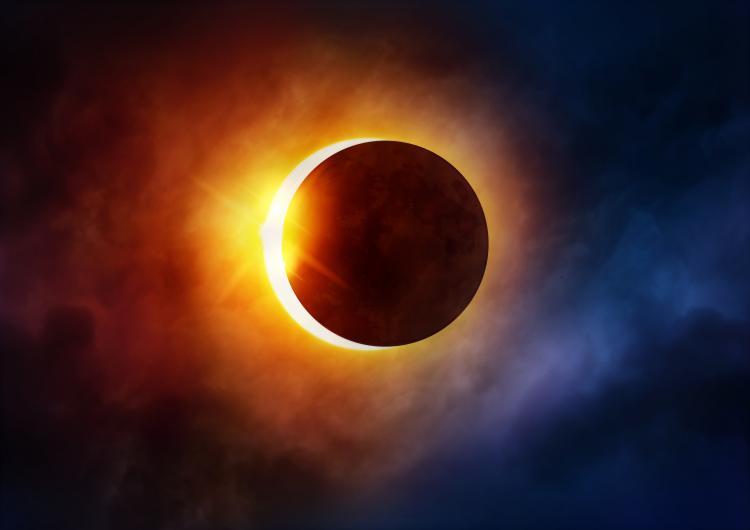Many Arab states will view a partial eclipse (annular eclipse) on Thursday, September 1, including Yemen, southwestern parts of Saudi Arabia, and all the Arab states in Africa.
Unfortunately, those of you planning a trip to Ras Al Khaimah’s Jebel Jais will find themselves fresh out of luck as the annular eclipse will just miss us by a few thousand kilometres.
According to experts, the best place to witness the partial eclipse would be in south of Tanzania.
However, folks sitting in the UAE can track the eclipse through NASA’s interactive Google map or keep up with up to date information on Eclipsewise.com.
Similarly, online observatory, Slooh, will provide live coverage of the celestial event.
An annular solar eclipse occurs when the moon’s apparent diameter is smaller than the sun’s, blocking most of the sun’s light and causing the sun to look like an annulus (ring).
Regarding the sighting of Eid Al Adha ‘Dhu al-Hijjah’ crescent, most of the Islamic countries will detect the crescent on Thursday, September 1 (29th of Dhu al-Qi’dah), the same day of the solar eclipse.
On that day the eclipse will occur shortly before the sunset, and the moon will set after the sun shortly not allowing it to be viewed in all regions of the Islamic world.
Based on the moon sighting, the month of Dhu al-Hijjah begins on Saturday, September 3.
Therefore, September 11 will be the (Day of Arafah), and September 12, the first Eid Al Adha day.
Source: WAM











